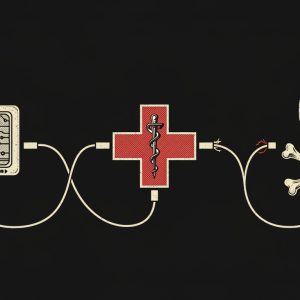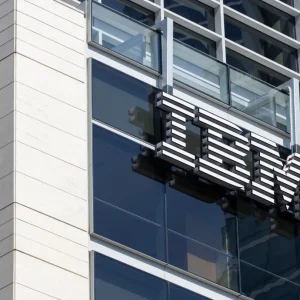
With security executives able to more easily thwart distributed reflection denial of service (DrDoS) attacks, cyber attackers are now adopting more traditional methods, resulting in 140% rise in TCP SYN and HTTP GET types of attacks during the second quarter of 2014, a report from Black Lotus found.
The multi-vector attacks against websites and servers, such as TCP SYN and HTTP GET are now turning out to be most frequent and severe threats to enterprises and service providers, reported Black Lotus.
Black Lotus co-founder Jeffrey Lyon said: "Since patched systems now make it easier to combat NTP threats, recent attacks have drastically decreased in volume when malicious users were unable to use a sufficient quantity of vulnerable systems in amplification.
"However, enterprises should evaluate their protection against multi-vector attacks, since attackers can use SYN floods and application layer attacks to inundate networks, cause outages or disable serving content to legitimate users even without generating large bit volumes of traffic."
Of the overall 276,447 tracked attacks, about 46,936 (17%) of them were considered as severe, with majority of them targeting HTTP and domain name servers.
During the quarter, the largest DDoS attack was observed on 20 May, involving 59Gbps and 29 million packets per second, with the average attack being 2.9Gbps and 1.4Mpps.
Furthermore, the report added that about 70.3% of the attacks were aimed mainly targeted at servers and applications.






